Arjan Gijsenij
SIGNet: Intrinsic Image Decomposition by a Semantic and Invariant Gradient Driven Network for Indoor Scenes
Aug 30, 2022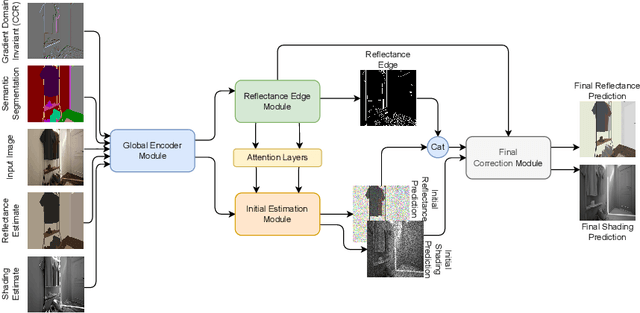
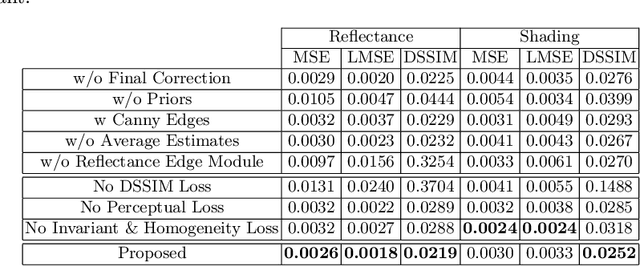

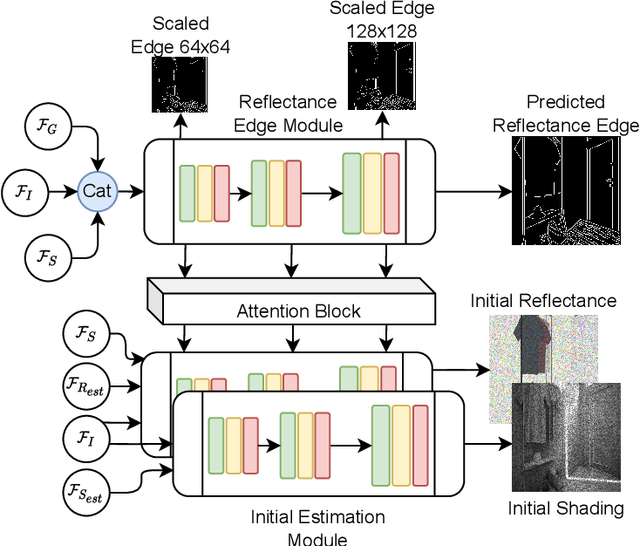
Abstract:Intrinsic image decomposition (IID) is an under-constrained problem. Therefore, traditional approaches use hand crafted priors to constrain the problem. However, these constraints are limited when coping with complex scenes. Deep learning-based approaches learn these constraints implicitly through the data, but they often suffer from dataset biases (due to not being able to include all possible imaging conditions). In this paper, a combination of the two is proposed. Component specific priors like semantics and invariant features are exploited to obtain semantically and physically plausible reflectance transitions. These transitions are used to steer a progressive CNN with implicit homogeneity constraints to decompose reflectance and shading maps. An ablation study is conducted showing that the use of the proposed priors and progressive CNN increase the IID performance. State of the art performance on both our proposed dataset and the standard real-world IIW dataset shows the effectiveness of the proposed method. Code is made available at https://github.com/Morpheus3000/SIGNet
Rehabilitating the ColorChecker Dataset for Illuminant Estimation
Sep 17, 2018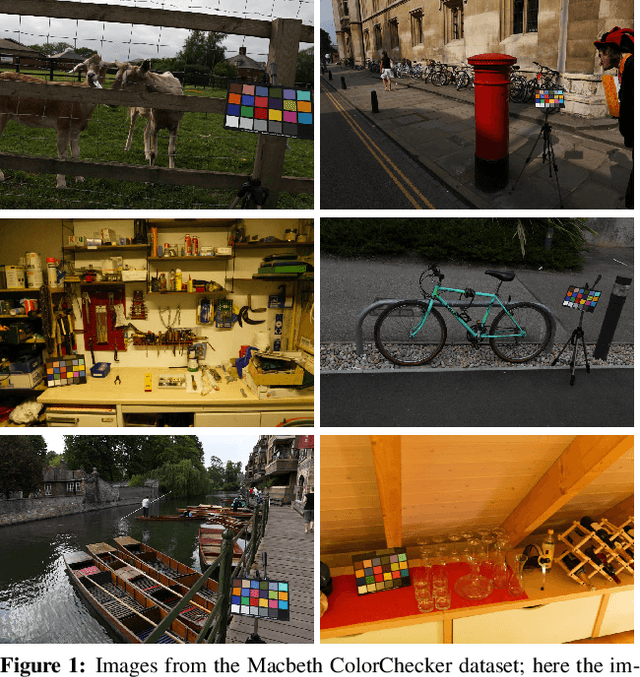
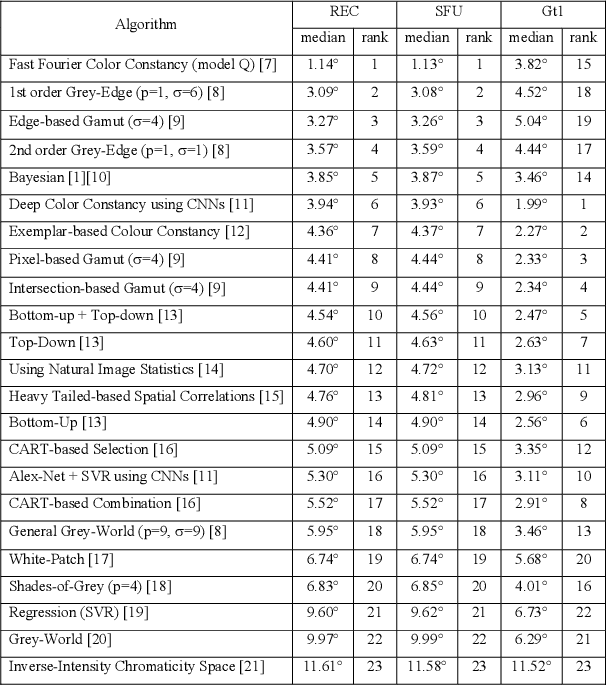
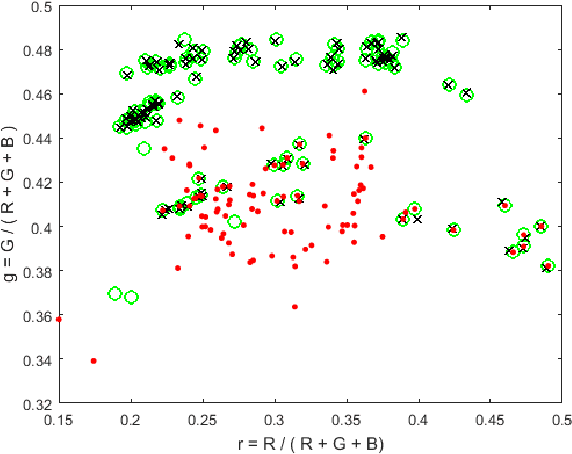
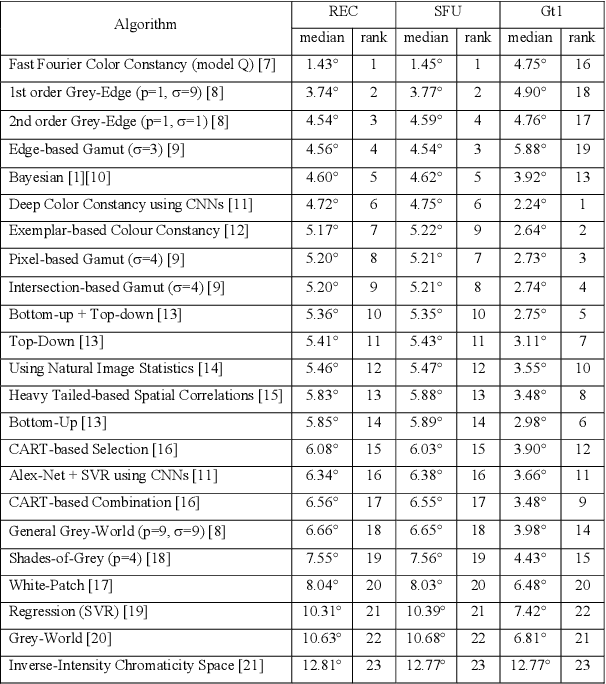
Abstract:In a previous work, it was shown that there is a curious problem with the benchmark ColorChecker dataset for illuminant estimation. To wit, this dataset has at least 3 different sets of ground-truths. Typically, for a single algorithm a single ground-truth is used. But then different algorithms, whose performance is measured with respect to different ground-truths, are compared against each other and then ranked. This makes no sense. We show in this paper that there are also errors in how each ground-truth set was calculated. As a result, all performance rankings based on the ColorChecker dataset - and there are scores of these - are inaccurate. In this paper, we re-generate a new 'recommended' set of ground-truth based on the calculation methodology described by Shi and Funt. We then review the performance evaluation of a range of illuminant estimation algorithms. Compared with the legacy ground-truths, we find that the difference in how algorithms perform can be large, with many local rankings of algorithms being reversed. Finally, we draw the readers attention to our new 'open' data repository which, we hope, will allow the ColorChecker set to be rehabilitated and once again to become a useful benchmark for illuminant estimation algorithms.
 Add to Chrome
Add to Chrome Add to Firefox
Add to Firefox Add to Edge
Add to Edge